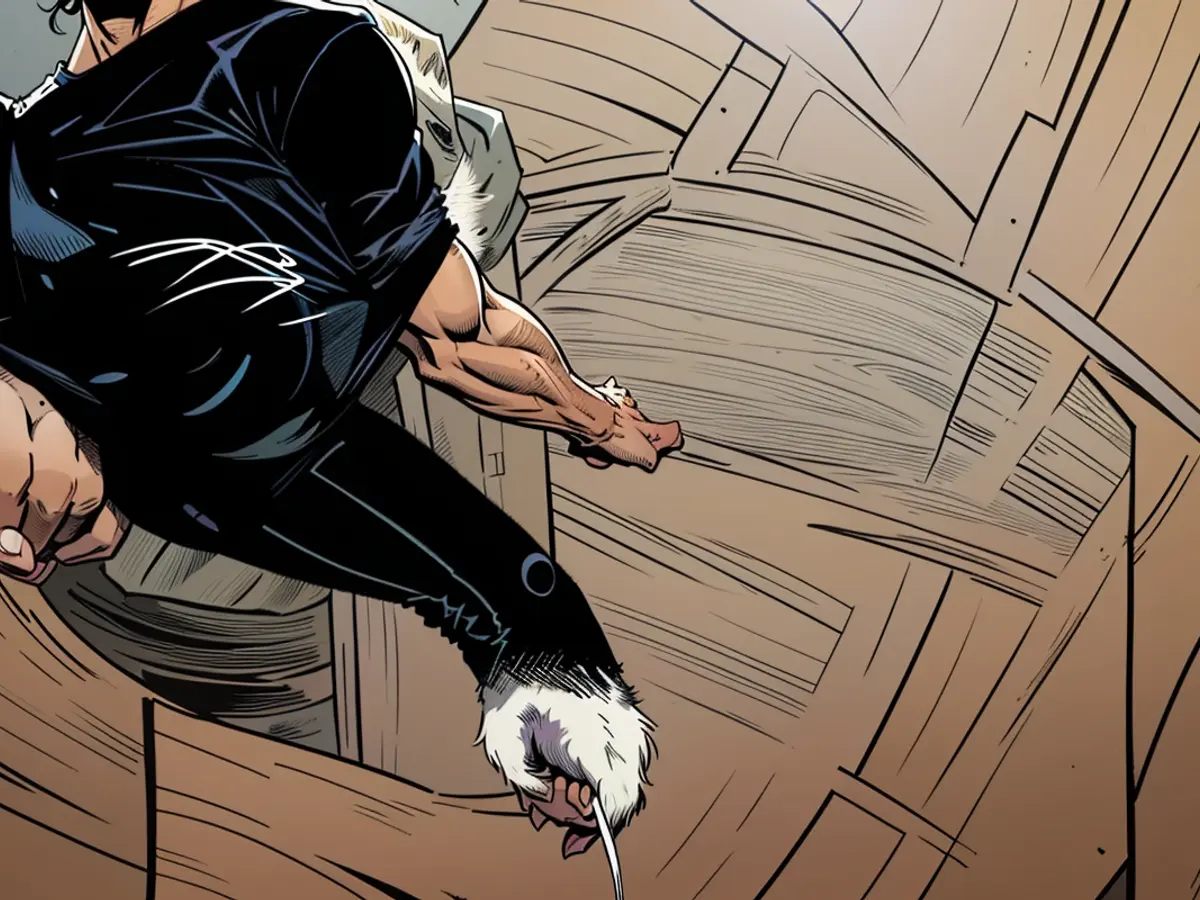Animals have a side too
Left-handers and left-pawed animals are not uncommon. But what about animals? Researchers find out that they also have a favorite paw or preferred flipper. The preference even extends to an octopus's favorite arm.
Handedness was once considered an exclusively human phenomenon. That's why the 13th of August has been dedicated worldwide to left-handers since the 1990s. That's about one in ten people, as a global study presented in 2021 reports. Biopsychologist Sebastian Ocklenburg from the Medical School Hamburg was involved in the study. He can also say a lot about animals.
Many animals have a dominant paw
"Handedness is a form of hemispheric asymmetry, or dominance of one brain hemisphere for certain activities," Ocklenburg explains to the German Press Agency. This is influenced by both genetic and environmental factors, which also applies to animals. Many animal species show a left-right preference, he adds.
Together with biopsychologists Felix Ströckens and Onur Güntürkün, Ocklenburg analyzed 119 different animal species in a study: from paw preference in cats to claw preference in parrots to handedness in apes. The study also looked at amphibians, fish, and reptiles. The researchers found that in about a third of the species, the animals did not show a clear preference for one side.
On the other hand, most species preferred a certain side. Among them were many animals that preferred to perform tasks with their left paw - just like humans, who tend to be right-handed overall. "These results show that limb preferences are the rule, not the exception, in the animal kingdom," Ocklenburg writes in another study.
Further research focused on pets. A meta-analysis showed that more than three-quarters of the cats studied were either right-pawed or left-pawed. About one in four cats used both paws equally frequently. A similar pattern was observed in dogs: more than two-thirds preferred either the left or the right paw.
Side preference in animals with fins
Interestingly, even animals that don't have arms or legs in the classical sense can show a kind of handedness, Ocklenburg reports. A team led by environmental scientist Annette Sieg from the University of Michigan observed red-eared slider turtles in a study and found a preference for the right side. This means that the females of this turtle species often used their right hind flipper to cover their eggs.
Even invertebrates with simple nervous systems can show limb preferences. In a study published in "The Biological Bulletin", researchers observed the swimming crab, a type of crab that is commonly fished and eaten in East Asia. The result: it opens mussels more often with its right claw than with its left one.
One might think that only animals with two front limbs show a clear side preference. Not so: An older study by the Konrad Lorenz Institute for Evolution and Cognition Research in Austria found that even eight-armed creatures like octopuses have a favorite arm for reaching for certain food.
Test with your own pet
Just like humans, many animal species are more skilled with one of their limbs. Pet owners can find out which paw their four-legged friend prefers with simple tricks.
"In principle, most people use 'food reaching' tasks," explains biopsychologist Ocklenburg. These are tasks where the animal has to reach for food. For instance, a treat can be hidden in a tube that's so narrow only one paw fits through. "If the animal uses the same paw repeatedly to get the food, then you know: the animal is right- or left-pawed," says the researcher.
Dogs, like many other animal species, often exhibit a dominant paw. According to a study conducted by biopsychologists Felix Ströckens, Onur Güntürkün, and Sebastian Ocklenburg, more than two-thirds of dogs showed a preference for either their left or right paw.
Further research on pet handedness indicates that about 76% of cats and more than three-quarters of dogs exhibit a preferred paw, while around 25% of cats use both paws equally frequently.







